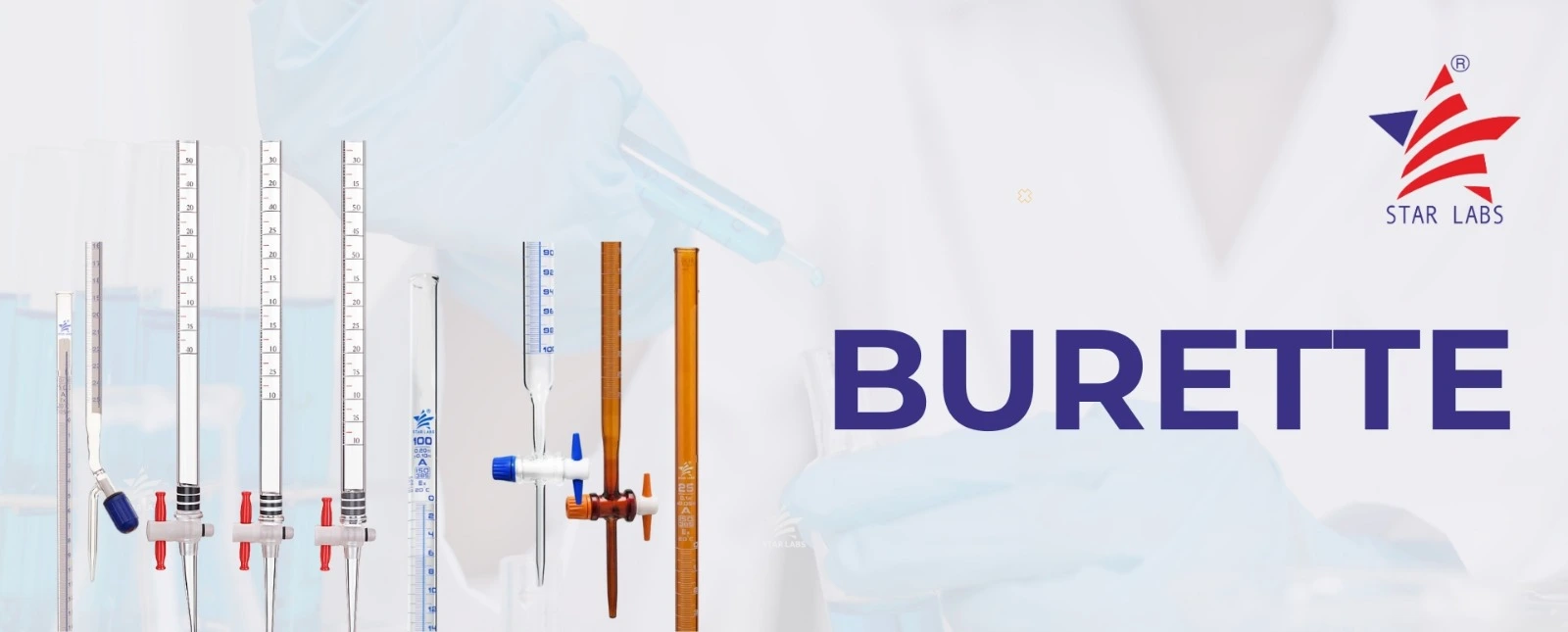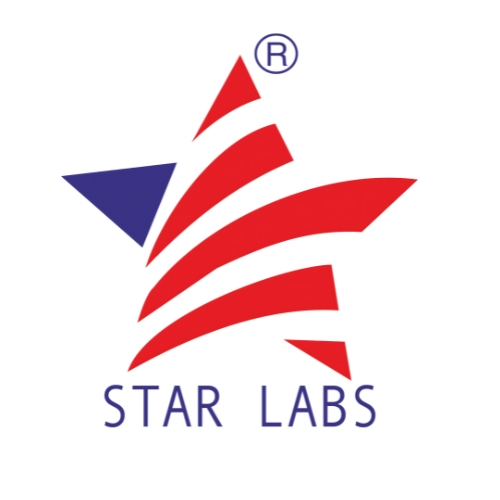
A Complete Guide For Burette Usage
What is burette ?
A burette is a type of scientific glassware instrument, mainly used in titration when concentration is added dropwise. It is typically composed of glass and is used for excellent measuring of liquids. It’s long graduated glass tube with tap stopcock at the bottom used to control the flow of liquids in chemistry labs.
Key features
- Graduated markings – They offer exceptional volume marking in millimeters for remaining liquid measurements.
- Stopcock – A stopcock valve at the bottom of burettes regulates liquid flow. It can be set to release liquid.
- Material – They are commonly composed of glass or plastic, which can be chosen for their chemical resistance and durability.
Common uses
- Titration – They are usually use in titration experiments to add one solution to another until the reaction is completed.
- Chemical reaction – It can be used to deliver specific amount of reagents during chemical reactions.
- Quality control – In cosmetics industry, these are used to assure the proper concentration and volume of chemical during production.
Types of burettes
- Glass – It is composed of borosilicate glass, which is commonly used in science labs due to its great clarity.
- Plastic – It is made of polyethylene (PE). Although, it is shatterproof and lightweight making it perfect for educational labs.
- Digital – It uses both plastic and glass for digital interface. It’s useful since it provided accurate readings, memory storage, and digital volume readout.
- Micro burette – This is incredibly small and it has small capacity from 5-10 ml. It is used for modest handling or small sample volumes.
Is burette used for acid or base ?
It can be used to distribute both acid or base depending on the type of titration being performed. It accurately measures and distributes the titrant to determine the unknown concentration of the other solution.
Conclusion
Calibration of burette is critical for accurate and precise measurements in volumetric analysis. It is essential in laboratories across educational, research, pharmaceutical, and industrial settings due to exact volume of liquid.
